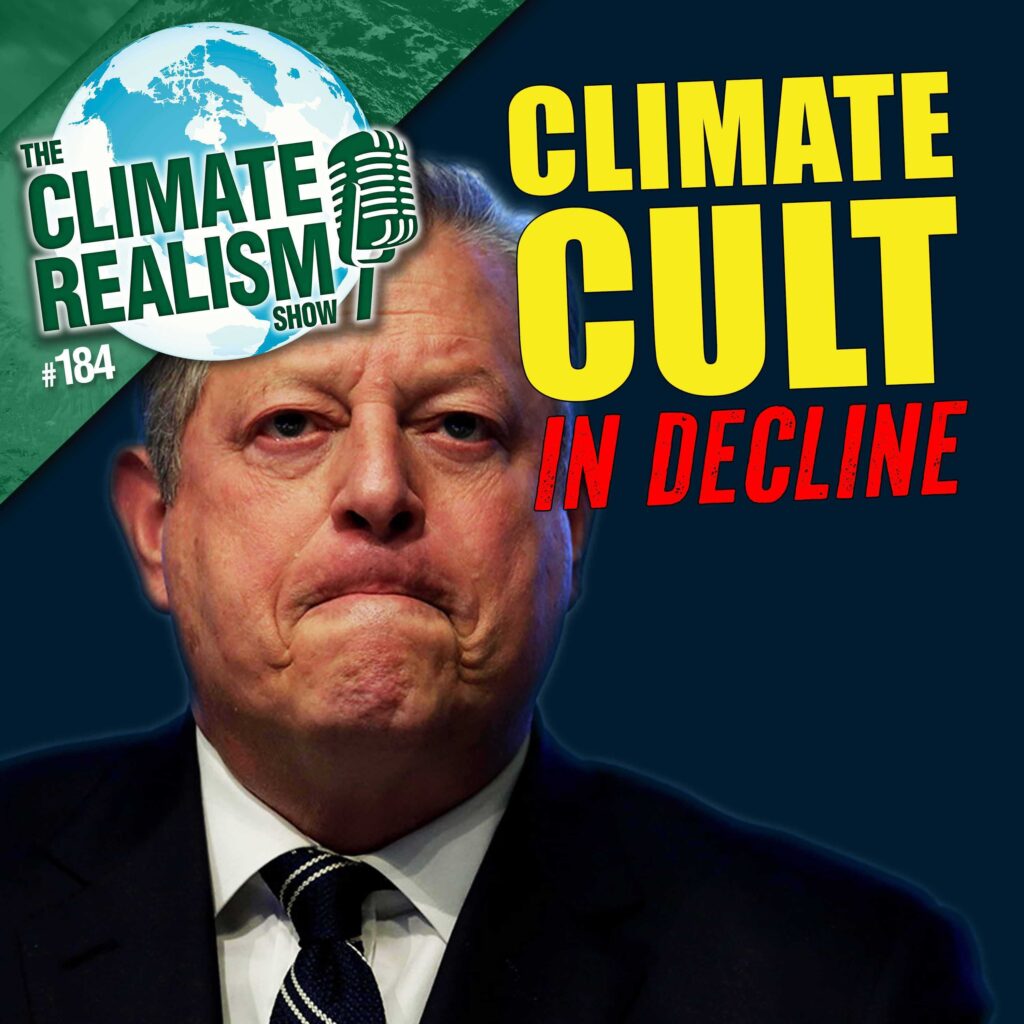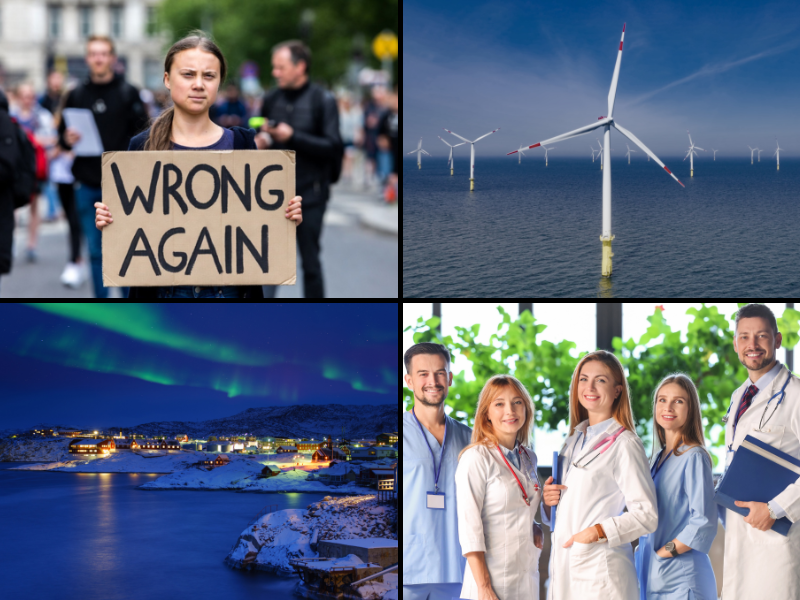Russia is trying to influence the policies of foreign governments again, although this time the target is Europe, not the United States.
In the aftermath of Donald Trump’s election as president of the United States, the lamestream media has been awash in stories of Russian attempts to influence the U.S. elections. Although it seems clear Russia tried to influence U.S. voters via fake accounts on Facebook, Twitter, and other social media platforms, there is little if any evidence Russia’s efforts had any impact on the U.S. election.
The 2016 elections were hardly Russia’s first attempt to influence U.S. politics. It has been happening since the beginning of the Cold War. Anyone remember the Cuban missile crisis?
Most recently, while Barack Obama was president, Russia used social media and funneled money to U.S. environmental groups to hamper domestic efforts to expand oil and gas production in the United States and undermine efforts to expand natural gas exports. This was detailed in numerous reports almost uniformly ignored by the liberal mass media, probably because the U.S. press dislike fossil fuels and would never tell the truth about anything that might benefit Trump’s presidential efforts.
Many of these efforts were detailed in a 2018 House Science Committee report, one portion of which states, “the Kremlin manipulated various groups in an attempt to carry out its geopolitical agenda, particularly with respect to domestic energy policy.”
For instance, the report states:
In January 2017, the Office of the Director of National Intelligence released a report that contained “clear evidence that the Kremlin is financing and choreographing anti-fracking propaganda in the United States.” The report found that the Russian-sponsored news agency RT (formerly Russian [sic] Today) “r[an] anti-fracking programing, highlighting environmental issues and the impacts on public health,” which “is likely reflective of the Russian Government’s concern about the impact of fracking and the U.S. natural gas production on the global energy market and the potential challenges to [Russian energy companies’] profitability.”
Having had limited success, if any, in stopping fracking, pipeline construction, the licensing of new liquefied natural gas (LNG) export terminals, or LNG exports from those terminals, it seems Russia has set its sights on Europe.
Russian efforts to stymie fracking in Europe have been observed as far back as 2014.
For instance, the left-leaning newspaper The Guardian quoted Anders Fogh Rasmussen, then the secretary-general of the North Atlantic Treaty Organization, saying Vladimir Putin’s government was behind attempts to undermine fracking.
“I have met allies who can report that Russia, as part of their sophisticated information and disinformation operations, engaged actively with so-called non-governmental organizations—environmental organizations working against shale gas—to maintain European dependence on imported Russian gas,” Rasmussen said, according to The Guardian.
Several other European leaders have either said or hinted in recent weeks student climate protests across much of Europe are being backed or encouraged by Russia.
Large groups of students have walked out of their schools in Belgium, Germany, Italy, the Netherlands, Switzerland, and in the U.K. to march against what the students say is the limited scope and slow pace of Europe’s climate policies. Multiple European leaders have indicated they believe the timing, scope, and organization of these protests is at least partially a result of hidden Russian encouragement through social media, including possibly providing indirect funding to nongovernmental organizations supporting and publicizing the kids’ protests.
Speaking at an agriculture conference in early February, days after a large youth climate rally, Belgium’s Minister of Town and Country Planning, Environment, Nature, and Agriculture, Joke Schauvliege, said the country’s intelligence services had told her schoolchildren’s climate protests in Belgium were directed by an unnamed foreign power. Amid protests, Schauvliege resigned her post, but other European leaders have made similar statements indicating Russia is behind the youth climate protests.
Speaking at an annual Munich Security Conference, German Prime Minister Angela Merkel indicated Russia was behind recent climate protests in Germany, during a discussion of hybrid warfare such as cyberwarfare and disinformation campaigns operated by Russia to destabilize its economic competitors.
“In Germany now, children are protesting for climate protection,” said Merkel. “That is a really important issue, but you can’t imagine that all German children, after years, and without any outside influence, suddenly hit on the idea that they have to take part in this process.”
Speaking in Belgium at a meeting of EU foreign ministers in mid-February, Pavlo Klimkin, Ukraine’s foreign minister, confirmed Russia was behind the kids’ climate protests in Europe.
“It’s a point of exchange with all our partners. Russia has been supporting stirring up trouble around Europe because Russia’s goal is to weaken up the democratic institutions and to weaken the EU as such,” Euractiv reports Klimkin saying. “Concerning climate change protests: definitely yes. Different pseudo-environmental organizations: look at Italy, where they are trying to disrupt the future gas pipelines.”
According to Klimkin, Russia is backing climate protests to hamper European energy development and leave the European bloc dependent on Russian natural gas.
“The Russians are simply crazy about selling more gas to Europe. … To shift, to reshuffle climate change movements is one of the key Russian priorities, to explain that ‘more gas is fine, coal is bad, but Russian gas is good, Russian gas is reliable.’ And it’s not only in Germany, it’s also in Italy, it’s everywhere,” Klimkin said, “It’s about fake NGOs, it’s about trying to buy journalists, it’s about trying to buy media, it’s about meddling in the political class.”
The Russians aren’t coming—they are already here, having invaded the energy and climate debate in the United States and Europe over the past decade.
Sadly, in the grip of a monomaniacal climate frenzy, much of the mainstream media continues to ignore Russia’s links to environmentalists and their joint efforts to undermine Western countries’ energy security and independence.
The blind eye major news services are turning toward Russia’s meddling in Western nations’ energy policies is a disservice to journalism as a profession and to the public the media is supposed to inform and serve.
- H. Sterling Burnett
SOURCES: Euractiv; PoliticoEU; The American Spectator; Big Green Radicals; U.S. House of Representatives Science, Space, and Technology Committee; The Guardian
IN THIS ISSUE …
Solar activity influences European rainfall … NASA suppressing its own climate conclusions … Coral reefs recovering, contra climate fears
SOLAR ACTIVITY INFLUENCES EUROPEAN RAINFALL
Precipitation patterns are highly variable across Europe, across all time scales. Research indicates myriad factors drive decadal rainfall patterns across Europe—including Atlantic Ocean cycles, solar activity, volcanic activity, and a variety of anthropogenic factors—and nature seems to dominate.
A forthcoming paper in the Journal of Atmospheric and Solar-Terrestrial Physics indicates solar activity, in particular solar minima, periods of low sunspot activity, drive rainfall patterns, including periods of intense flooding, across Europe.
Comparing monthly rainfall totals in 39 European countries from 1901 through 2015 to solar activity, particularly the 11 year solar cycle, the German/Swiss research team found rainfall amounts consistently increase in certain months three to four years after each solar minimum. “Similar lags of a few years occur between solar activity and the solar-synchronized North Atlantic Oscillation,” the researchers found. In particular, rainfall in Central and Western Europe in February is the most strongly correlated with solar cycles. Rainfall amounts and patterns in April, December, June, July, and May are also strongly correlated with solar cycles, shifting across Europe from the British Isles eastward during the spring and summer.
Perhaps not surprisingly, flood frequency also tracks the solar cycle, reflecting the increased rainfall, as in the months when rainfall amounts increase, flooding does as well.
SOURCE: Journal of Atmospheric and Solar-Terrestrial Physics (behind paywall)
NASA SUPPRESSING ITS OWN CLIMATE CONCLUSIONS
The National Aeronautics and Space Administration (NASA) has been promoting research in recent years that hypes the idea humans fossil fuel use is causing catastrophic climate change. It turns out NASA itself does not believe the hype, a fact it is trying to hide.
A 2010 screen capture from NASA’s website (during the Obama administration) shows the agency clearly said nature, not humans, is the primary driver of climate change, but as the market tracking and analysis blog Zero Hedge points out, if a reader tries to find this page today, its URL lands one on a page at NASA stating “Access denied.” Zero Hedge asks the question everyone should be asking, “What the Hell is NASA Hiding?”
As the screen capture clearly shows, before the page was suppressed, a reader would have found the agency said natural factors, not human activities, have and still do dominate the climate.
From the web statement:
WHAT ARE THE PRIMARY FORCINGS OF THE EARTH SYSTEM?
The sun is the primary forcing of Earth’s climate system. Sunlight warms our world. Sunlight drives atmospheric and oceanic circulation patterns. … Sunlight causes convection which carries warmth and water vapor up into the sky where clouds form and bring rain. In short, the sun drives almost all of our world’s climate system and makes possible life as we know it.
… After the industrial revolution, humans introduced increasing amounts of greenhouse gases into the atmosphere, and changed the surface of the landscape enough to influence climate on local and global scales.
Other important forcings of the Earth’s climate system include such “variables” as clouds, airborne particulate matter, and surface brightness. Each of these varying features of Earth’s environment has the capacity to exceed the warming influence of greenhouse gases and cause our world to cool.
Why does NASA now suppress access to this page? Nothing said there is a secret vital to national security. One wonders if NASA would now deny any of those statements about our understanding of the climate, and if it denied one of more of these statements, how would its scientists justify the change. None of the fundamental science has changed since 2010.
SOURCES: Zero Hedge; Jo Nova
CORAL REEFS RECOVERING, CONTRA CLIMATE FEARS
Coral reefs in Hawaii affected by rising temperatures are responding as coral reefs around the globe have in the last few years. After the initial shock and bleaching, many corals are stabilizing and recovering. In Hawaii, as elsewhere, where corals are struggling to recover or adapt to warmer temperatures, it is almost always because the reefs are facing multiple stressors, often tied to human action, and not solely effects of anthropogenic climate change. The spike in temperatures that contributed to coral bleaching in Hawaii was due to a particularly severe El Niño event. Scientists from the Nature Conservancy of Hawaii (NCH) reported 60 percent of corals in West Hawaii bleached, with some reefs experiencing up to 90 percent mortality, although “mortality” in this case doesn’t mean death, instead meaning in many instances a temporary loss of the coral community. Many of these same corals are now coming back to life.
As NCH Director of Marine Science Dr. Eric Conklin reports, “We surveyed over 14,000 coral colonies at 20 sites along the West Hawaii coast from Kawaihae to Keauhou and were thrilled to see that many of the area’s reefs have stabilized, which is the first step toward recovery.”
“The most resilient reefs are in remote areas with limited shoreline access and exposure to human impacts,” reports Maui Now. By contrast, “The least resilient sites all had multiple ‘stressors,’ including fishing pressure, land-based pollutants and runoff, the cumulative impact of a number of stressors rather than the severity of a single stressor being the most significant factor impacting whether corals recover to a rise in temperatures.”
SOURCE: Maui Now





